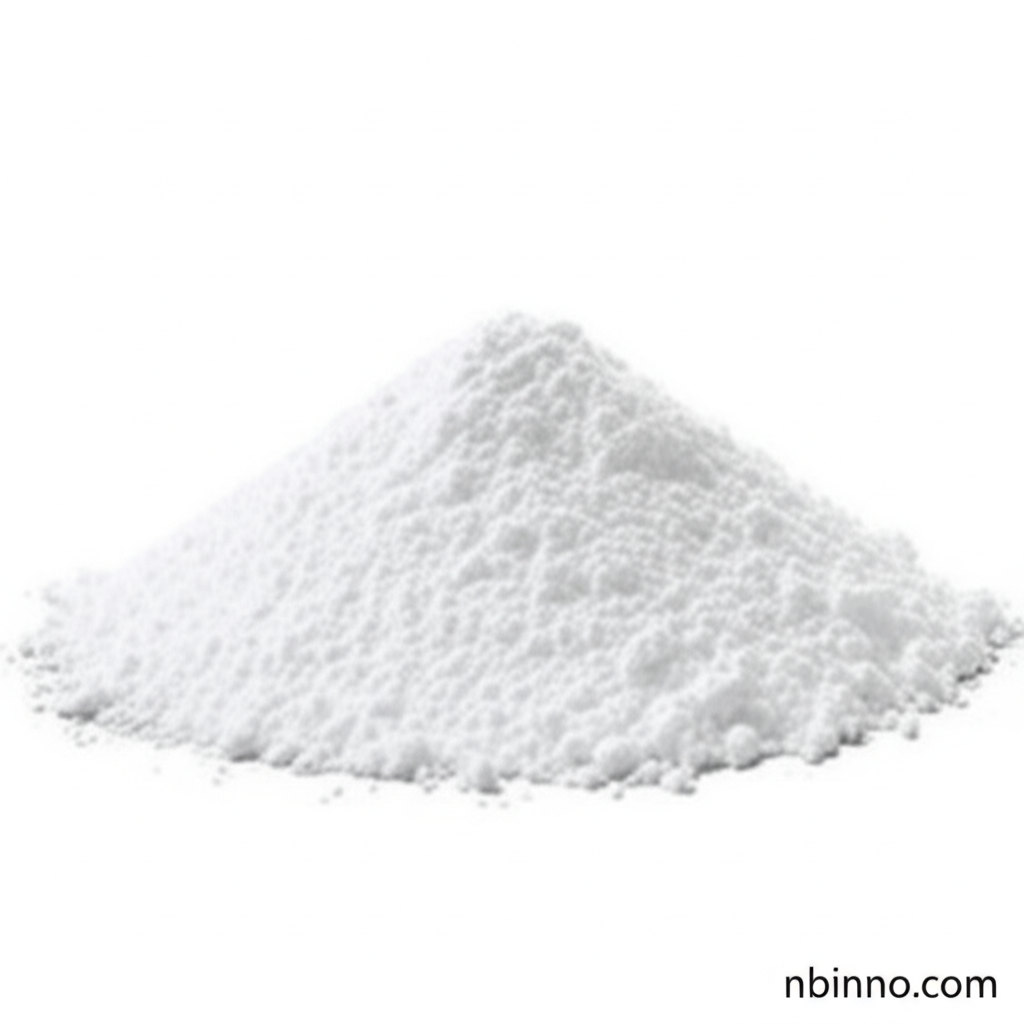High-Purity Zinc Stearate: An Essential Additive for Inks, Coatings, and Plastics Manufacturing
Discover the exceptional properties and wide-ranging applications of zinc stearate, a key chemical auxiliary vital for enhancing performance in inks, coatings, plastics, and more. As a leading supplier in China, we provide high-quality solutions.
Get a Quote & SampleProduct Core Value

Zinc Stearate
Zinc stearate is a fine white powder known for its exceptional lubricating, water-repellent, and stabilizing properties. We offer this versatile material as a reliable supplier in China, ensuring high quality for your manufacturing processes. Its unique characteristics make it indispensable across various industries, from improving the finish of paints and coatings to enhancing the processability of plastics and ensuring the quality of inks. Leverage our expertise as a manufacturer in China to source this essential chemical auxiliary.
- Discover the advantages of using Zinc Stearate for ink applications, ensuring superior dispersion and stability in your formulations.
- Explore how this chemical auxiliary functions as a lubricant for plastic manufacturing, improving flow and reducing friction.
- Understand the benefits of zinc stearate as a coating additive, providing excellent water-repellent and anti-sinking properties.
- Learn why zinc stearate is a preferred ingredient in high-grade inks, contributing to brilliant colors and an even finish.
Advantages Delivered by the Product
Enhanced Lubrication
Experience superior lubricating qualities with zinc stearate, making it an ideal choice as a mold release agent in the rubber and plastic industries. This characteristic ensures smooth operations and prevents materials from sticking to molds during processing, aligning with the need for effective plastic auxiliary agents.
Improved Stability in Polymers
Zinc stearate acts as a critical stabilizing agent during the polymerization of polymers like PVC. It helps to prevent particle fusion and agglomeration, significantly enhancing the quality and performance of the final material, a key benefit when considering polymer additives.
Superior Water Repellency
The hydrophobic nature of zinc stearate makes it invaluable in moisture-sensitive applications. Its use in paints and coatings boosts durability and moisture resistance, demonstrating its utility as a functional pigment or a component in paper chemicals.
Key Applications
Paints and Coatings
Zinc stearate is a preferred ingredient in paint and coating formulations due to its water-repellent properties, which enhance durability and moisture resistance, making it a valuable coating auxiliary agent.
Plastics and Rubber
Utilized as a mold-release agent and stabilizing agent in the production of rubber and plastic goods, zinc stearate facilitates easier molding and demolding procedures and improves material stability.
Inks Manufacturing
In high-grade inks, zinc stearate aids in good mixing, better stability, and improved performance, contributing to brilliant colors and an even, high-quality finish, aligning with its role as an ink additive.
Pharmaceuticals and Cosmetics
In the pharmaceutical sector, it serves as a lubricant for seamless tablet compression, while in cosmetics, it enhances texture and consistency, showcasing its versatility beyond industrial chemical auxiliary uses.
